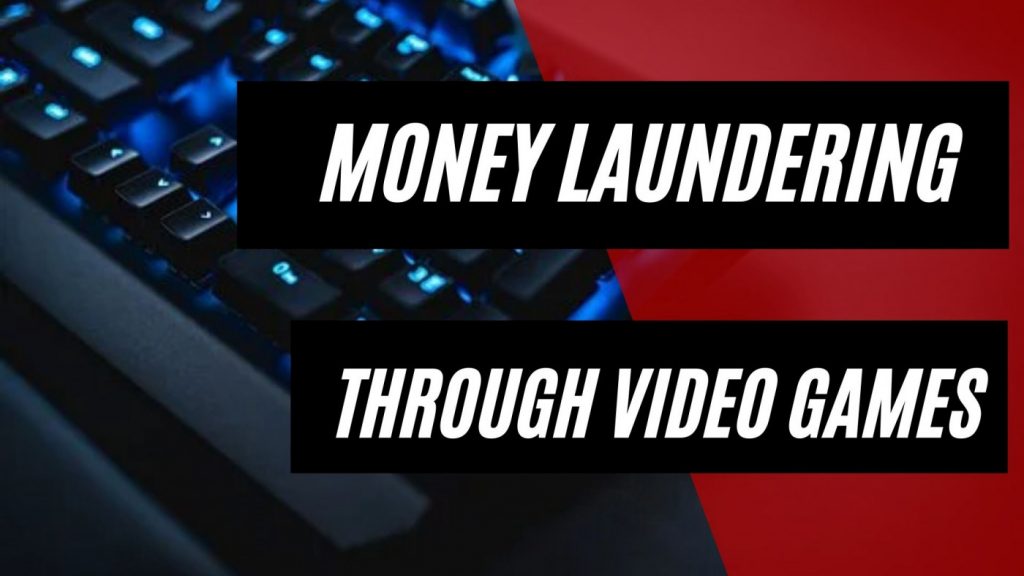With the continuing rise of technology, it comes as no surprise that video games are an expanding source of profit – or online money laundering. Video game fanatics are finding even more ways to enjoy their favourite games, buying characters online for billions of dollars. A gamer bought a single character for $1.4 million, a news article from China reported.
Although these transactions are nothing new, they are increasing in size quickly. Over the last ten years, there have been a significant number of transactions in this manner. This purchase is nothing unusual, just a video game enthusiastic with money to spend on their pastimes, but this has led to a series of crime cybercrime specialists looking into other spending patterns online. People other than gamers are seemingly making similar trades.
Recent research has indicated a train of illegal online money laundering is taking place through these microtransactions.
Table of Contents
- Key Takeaways
- What Are Microtransactions?
- Why Is Money Laundering Expanding To Video Games?
- How Video Games Provide A Route To Money Laundering
- Example Of Online Gaming Money Laundering
- Summary
Key Takeaways
- Microtransactions are used to purchase online goods or digital goods for use in video games such as Fortnite and others.
- The transfer of funds online for video game merchandise has opened a path for online money laundering.
- Video game corporations should consider protocols and guidelines for microtransactions to limit the money laundering currently taking place.
What Are Microtransactions?
Microtransactions are transactions – and may be part of an organizations business model – where consumers can purchase online goods through virtual payment methods. Oftentimes these microtransactions are a course of income for the designers of online games or video games. Hereby, an item made by the game originators is sold to the players of the games. Sometimes, these can be more desirable than expected.
These transactions can be for a multitude of game elements, including weapons, characters, apparel, or in-game currency, that can be used while playing the game.

The ascent of video games like Fortnite allowed for this new marketplace to be tapped into. In addition, video game fanatics can play until they collect these sought-after items and then sell them to players willing to afford such items to make a profit.
Video game companies tried to stop this selling point, allowing the items only to be traded within games for virtual coins or other imitation currencies. Instead, they have created a virtual marketplace making way for online money laundering.
Why Is Money Laundering Expanding To Video Games?
Recent global attacks have highlighted how destructive illegal money movement and international money laundering can be. Governments have since made attempts to stop such illegal activities. Activities are also taken by the Financial Action Task Force (FATF), which is running campaigns to encounter online money laundering.
Such organizations work to make it harder for criminal agencies to turn their dirty money into clean cash. Regulations like the 5AMLD and 6AMLD in the European Union and the Bank Secrecy Act (BSA) in the United States work to make international transactions more transparent (among other things).
Companies have been pushed to be vigilant with the realization that money laundering has moved to formats such as online gambling. With money launderers having to guard their backs, online microtransactions are an innovative route.
How Video Games Provide A Route To Money Laundering
Online money laundering takes place in (overcrowded) virtual marketplaces. Although usually hidden in the shadows, criminal activity online is safer when several people hide the felons.
This increases the difficulty for the organizations to track the transactions and locate money launderers. With a market of more than 2.5 billion and proceeds surpassing $90 billion, fraudulent players can hide in plain sight.
This marketplace is controlled by large game sites such as Call of Duty and other multi-player video games. Games of this sort include microtransactions of both in-game money and merchandise. The most common basis of purchase has shown to be prepaid credit cards, a source available to young players, and a way to hide the identity of the money launderers. These – sometimes single-use cards – oftentimes offer no trail of the buyer or even the identify behind the screen, which makes an excellent position for a money launderer.
Example Of Online Gaming Money Laundering
First, launderers buy in-game currency or merchandise with a pre-paid credit card. They then put these bought items up for sale on the online marketplace at a sale price for video gamers to see. Gamers are quick to jump on these sales and purchase from the sellers, which allows the seller to receive immediate cash from an authentic person.

The result is a paperless, nameless transaction with no attachment to the source of income for the seller.
Summary
This problem was well-explained by Valve Corp, the organization behind many popular multiplayer games today. Valve was reportedly forced to halt trading between accounts due to increased money laundering rates found in 2019. The discovery noted that 90% of Valve microtransactions resulted from money laundering practices – an astonishing amount clearly taking over their platform.
Unfortunately, this is only the first step down a long road to tackling online money laundering. Other video game marketplaces are still being launched and continue to allow online transactions. Suppose the entire industry was to reduce microtransactions. In that case, progress could be made, but given the recent percentages, it is likely that many of these companies make profits from money laundering alone.
The responsibility falls onto the video game corporations to set regulations just as other industries have had to in the past. New developments in the money laundering industry occur at a fast rate, and the problem is still evolving.








